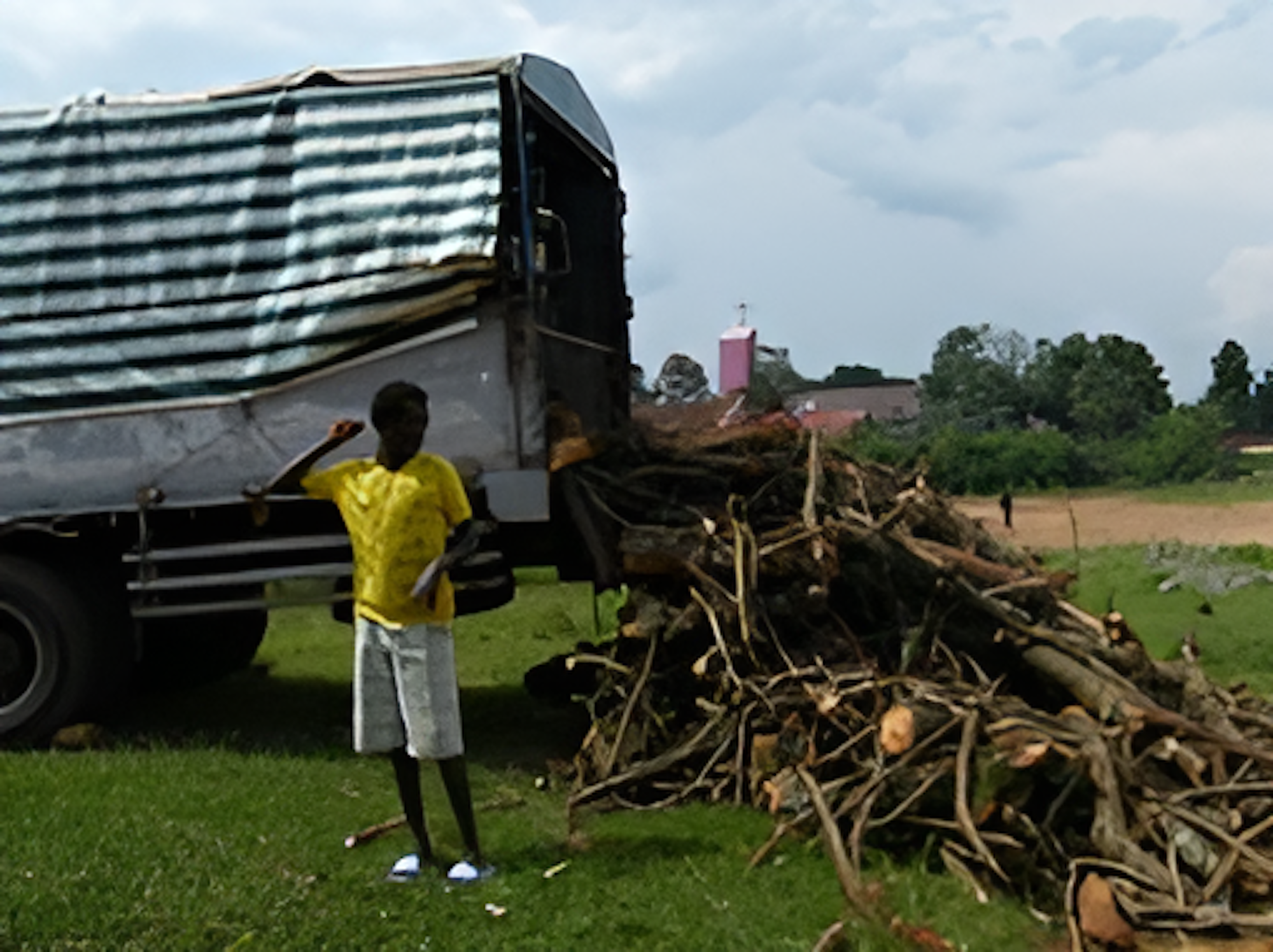Burundi police camp cookstove project
Distribute improved cookstoves to police and prison camps in Burundi, replacing inefficient cookstoves.
Climate impact
Reduction
Solution
Community
Location
Burundi
Evaluation
Other

ABOUT
Learn more about the
project
Burundi lost over 40% of its forest cover between 1990 and 2010, which is around 117,000 hectares. The country’s energy consumption relies mainly on biomass, typically firewood that’s unsustainably sourced and used in inefficient and unhealthy traditional cookstoves. This is the case for most police camps and prisons in Burundi.
Burundi Quality Stoves (BQS) is developing a small-scale improved cookstoves project for police camps and prisons. They’ll distribute up to 600 institutional improved cookstoves and refurbish up to 600 old masonry stoves in police camps and prisons - all while switching the energy supply from unsustainably-logged trees to briquettes made from renewable biomass waste.
The project will reduce CO2 emissions by installing energy-efficient modern cookstoves and switching 100% of the fuel supply to renewable biomass, which also relieves the pressure of logging on forests. By setting up a renewable biomass supply chain and improved cookstoves distribution and supply chain, this project provides jobs and stimulates the local economy. The stoves also improve health outcomes by reducing indoor air pollution, for example reducing the risk of respiratory disease.
Aera Group
Burundi • https://aera-group.fr/
ASSESSMENT
Everything about this project at a glance.
Climate impact
Reduction
How to read this
Our atmosphere is like a bathtub, which we have been filling for decades with greenhouse gasses. Each ton of CO2e in the tub increases the global temperature and affects the climate.
In order to prevent our bathtub from spilling - which would mean reaching a +2°C temperature increase - 3 types of actions exist:
●
Reduction: These projects reduce emissions, closing the tap and slowing down the filling of the tub (e.g. switching to more efficient fuels)
●
Avoidance: These projects preventing future emissions, stopping a new tap from being opened (e.g. protecting forests and peatlands so that they don’t start releasing CO2)
●
Removal: These projects remove and capture greenhouse gasses, emptying the bathtub (e.g. reforestation and direct air capture technology)
Solution
Community
How to read this
Solutions are different ways we can reduce, avoid and remove our emissions. They vary in terms of cost, level of maturity, potential to scale, and other factors. To make comparisons easier, Sweep groups solutions into categories such as Forests, Geoengineering or Buildings. Climate solutions are numerous: to learn more about what can be done, explore our catalog.
Location
Burundi
How to read this
Solutions can be deployed in a large range of locations, from a micro-regions to entire sections of a continent. You might want to focus your contributions on specific areas to maximize local socioeconomic impacts or contribute where your activities are based.
Evaluation
Certified • Other
How to read this
Various international and regional standards rely on established methodologies, dedicated processes and third-party verifications to guarantee that a project delivers on its promises.
●
Certified: Standards, such as Gold Standard or Verra, are listed for maximal transparency
●
Not certified yet: The process to be certified is expensive and cumbersome, and ad-hoc methodologies might not exist for specific projects, preventing them from being certified. Sweep promotes other projects after a necessary due diligence, bringing more projects to a wider audience while also offering opportunities to develop and tailor new projects according to your own needs.
Capacity
80.31kt
How to read this
Capacity is the projected volume of tCO2e reduced or removed during the crediting period. This indicates the projected net impact of a project after adjusting for potential negative impacts and other externalities. This is key to assessing the current scale of a project and can give a quick estimate of what the considered volumes represent at the project scale.
Capacity does not reflect the available quantity of credits as some of them can already be sold.
Crediting Period
2014 - 2021
How to read this
Certified projects are eligible to generate carbon credits over a certain period of time. This crediting period gives a good estimate of the progress of a project.
●
Older crediting periods means that projects have delivered their promises and that third-party auditors have recognized the climate impact
●
Crediting periods covering coming years may have already been audited for a fraction of the volumes. The rest will be generated along future audits.
Co-benefits
5 SDGs
5 SDGs
SDG 3: Good Health and Well-being
Low quality stoves and indoor air pollution have an important impact on everyone leaving daily in the environment. The stoves will have a major positive impact on that.
SDG 7: Affordable and Clean Energy
More efficient fuel burning combined with sustainably sourced wood fuel will positively impact the energetic mix of the sites.
SDG 8: Decent Work and Economic Growth
The project will focus on providing decent work to all stakeholders involved.
SDG 15: Life On Land
Increasing pressure on forests around the sites is directly linked to the wood gathering. The project will actively protect those zones by offering an alternative.
How to read this
Projects often have positive side effects beyond reducing, removing, or avoiding emissions. For example, projects might reduce waste, protect biodiversity, or support indigenous people. These co-benefits are modelled after the UN Sustainable Development Goals (UN SDGs).
Durability
N/A
How to read this
Durability only applies to to removal solutions. It indicates for how long the carbon will be removed from the atmosphere - the longer this is the more desirable. For example, storing carbon as mineral underground is more durable than in a tree, making it a less risky and longer term solution.
Financial additionality
High
How to read this
Additionality reveals the impact of your financial support. It indicates what percentage of the global project budget is coming from contributions.
●
High additionality means most of the project revenue relies on contributions, and they would likely not be able to happen without this financing.
●
Low additionality projects are less reliant on contributions.
●
Other additionality criteria, such as policy or regulatory additionality, are tackled through certifications and not assessed here
Barriers
Medium
The total project barrier score is available when all types of barrier are provided. It is a composite score based on the 5 barriers assessed.
Technical
Financial
Social
Political
Economical
The main barrier to the project implementation, is the cost of the cookstoves that could not be afforded by the camps. Without the sales of carbon credits, the project can not be economically viable.
How to read this
Barriers are the different hurdles a project might need to overcome. Barriers can give you a sense for the challenges a project faces, but also how it can add deeper value and create change. We differentiate five types of barriers: economic, social, institutional, technical and financial.
Create your portfolio to get started
Our carbon team will help you tailor your portfolio based on your preferences.
Track, report and act
Sweep helps you get your carbon on-track
Sign up to The Cleanup, our monthly climate newsletter

© Sweep 2023